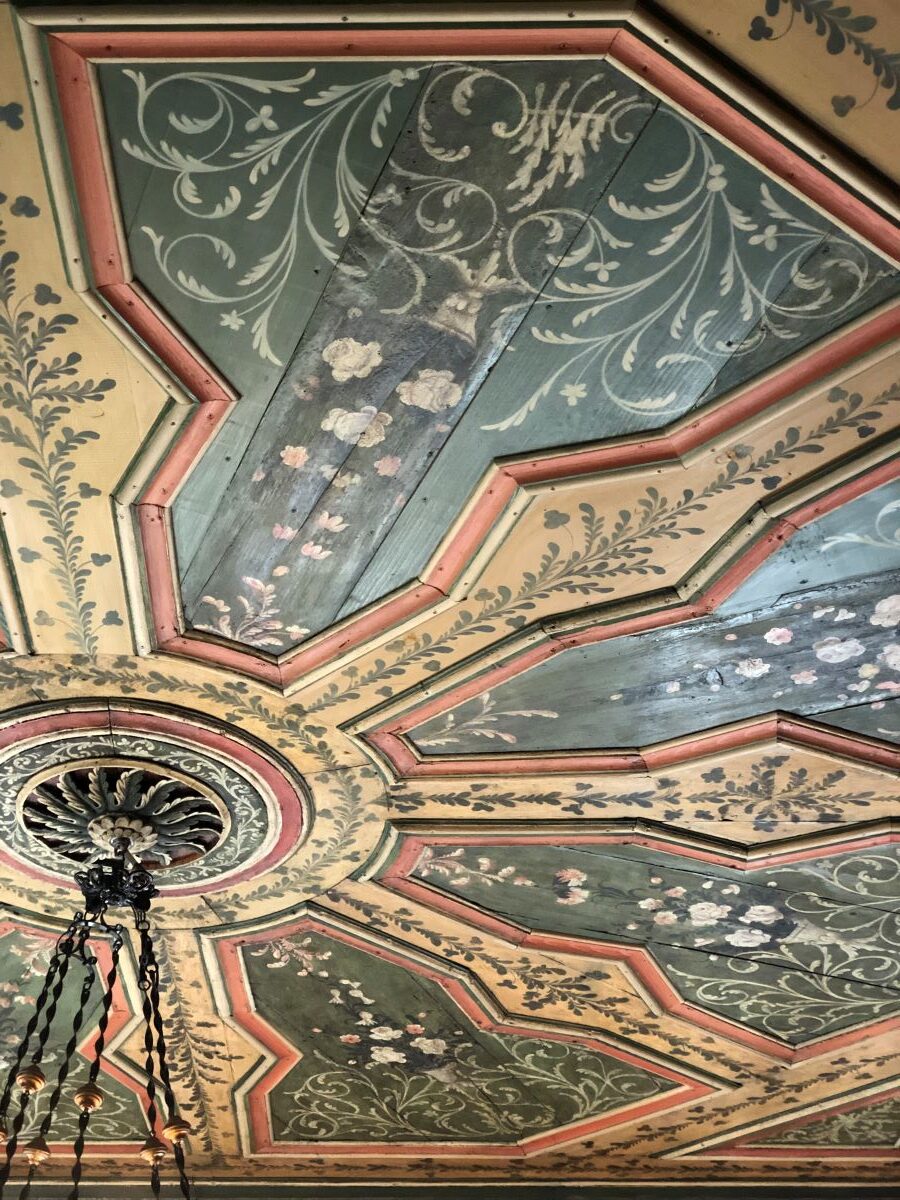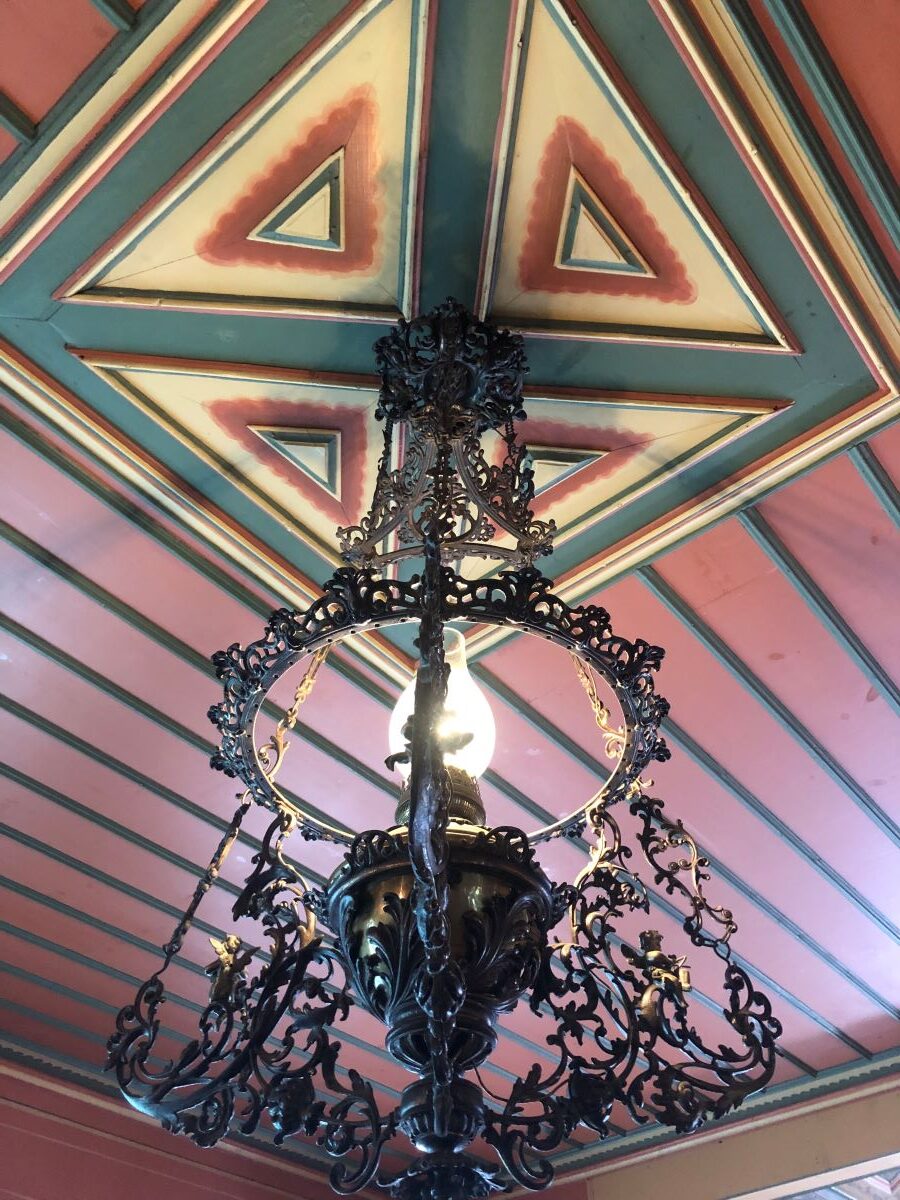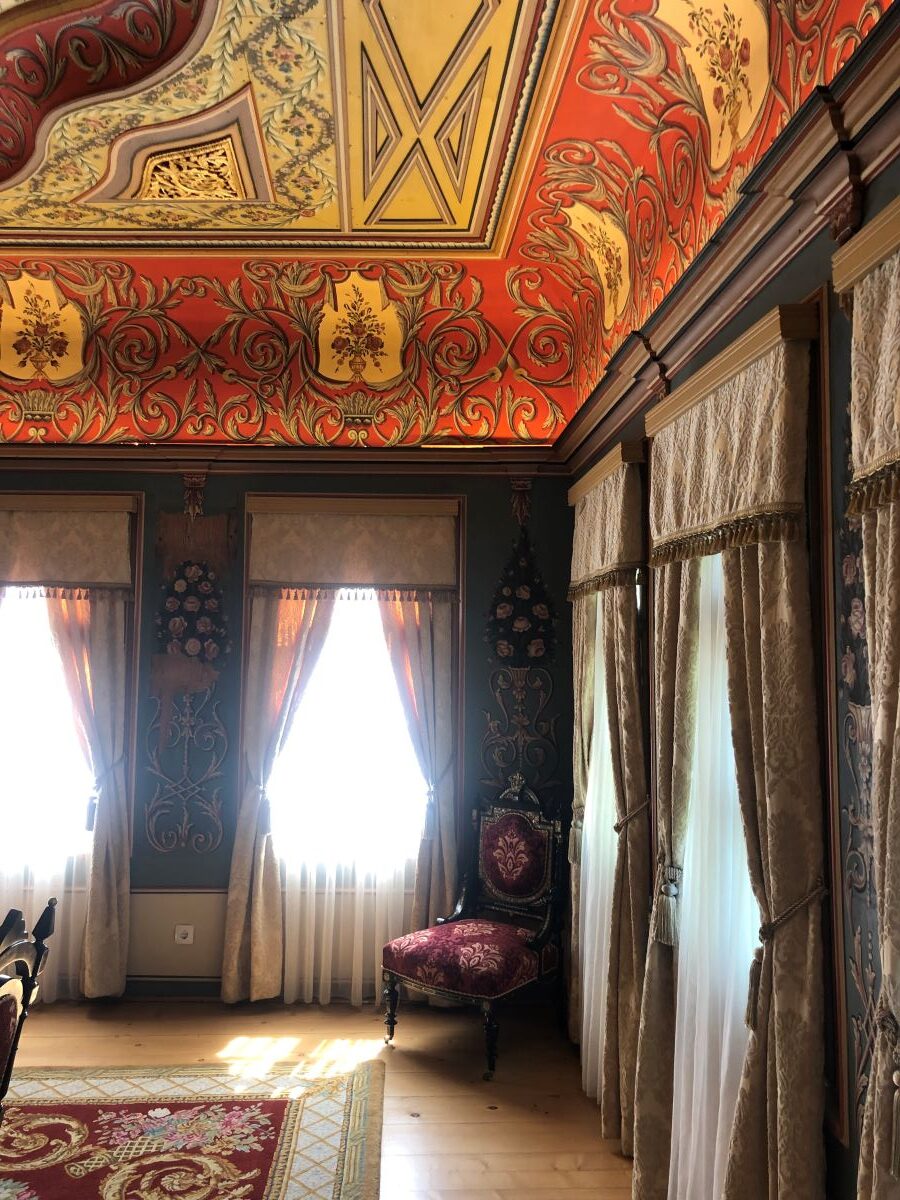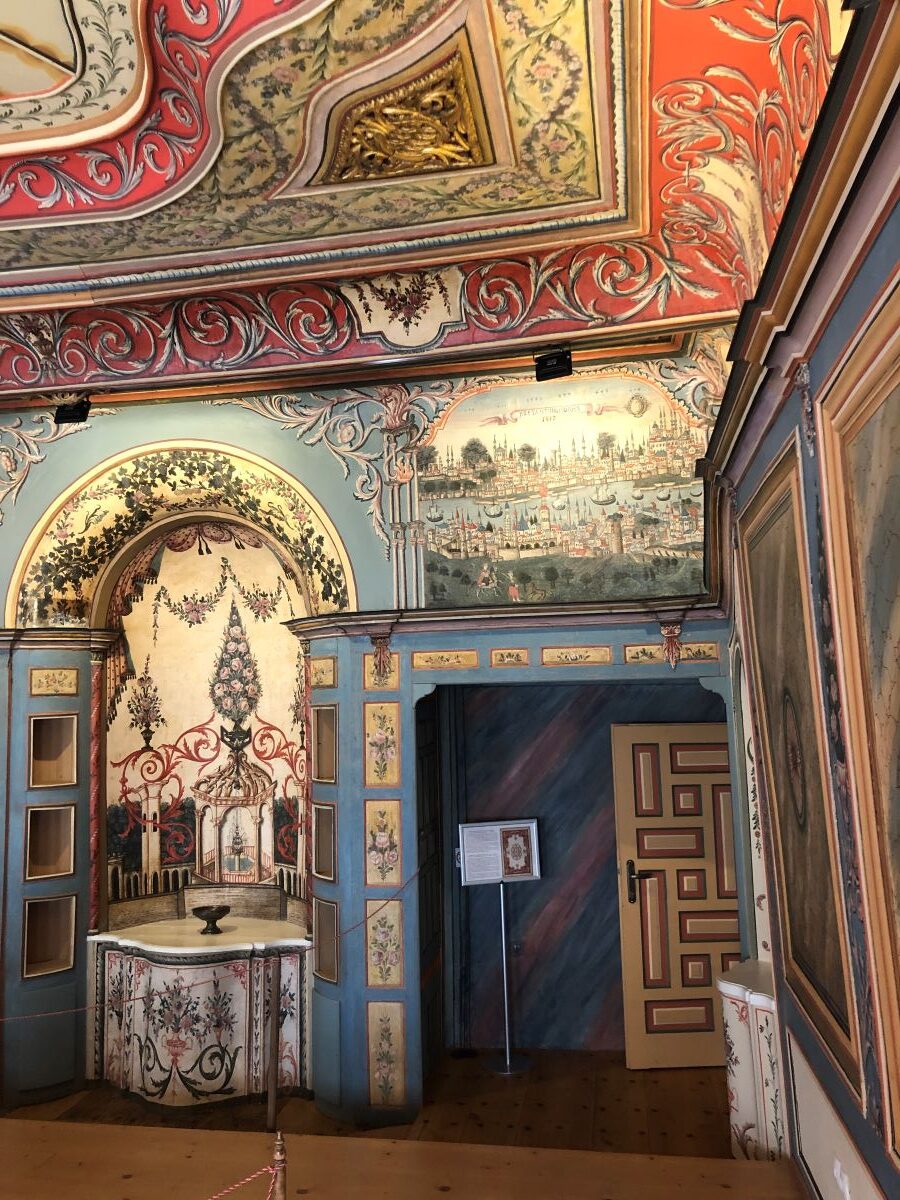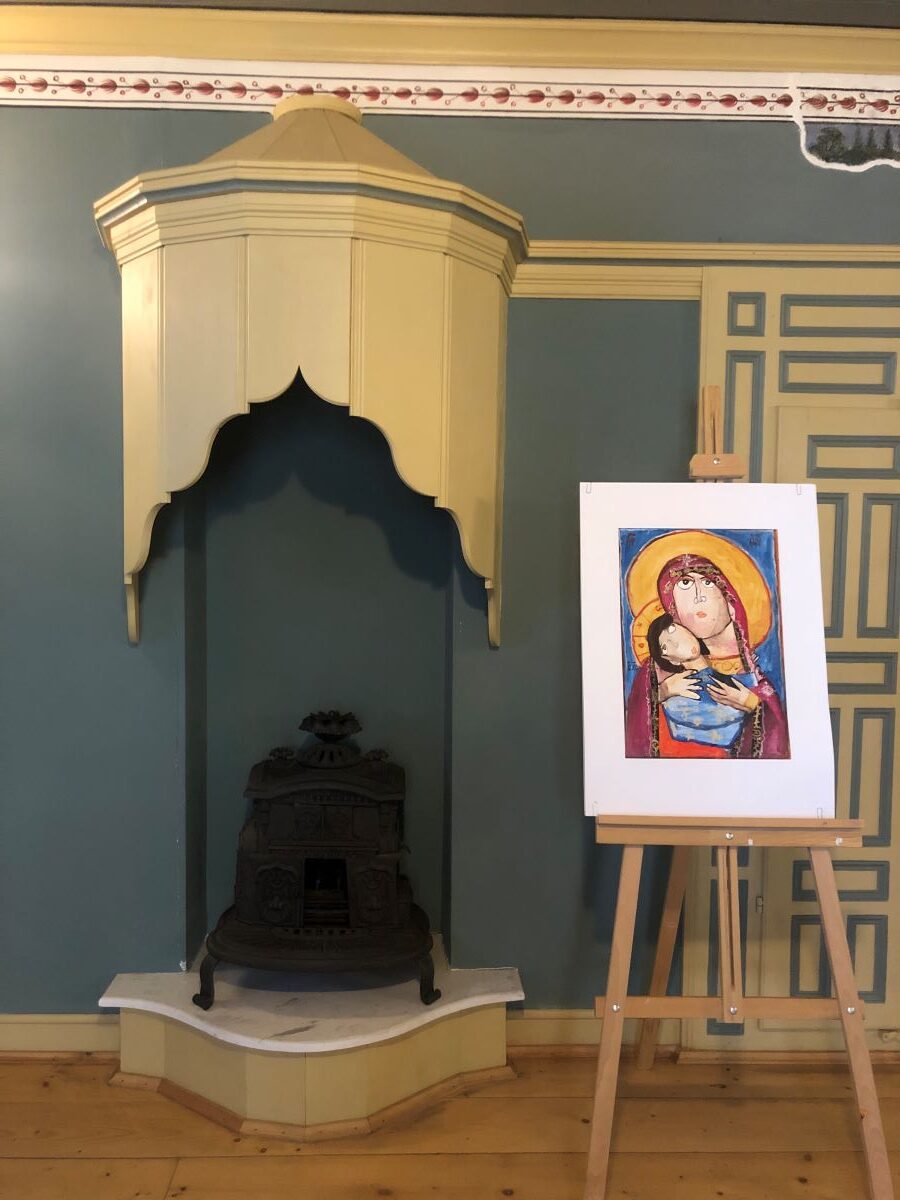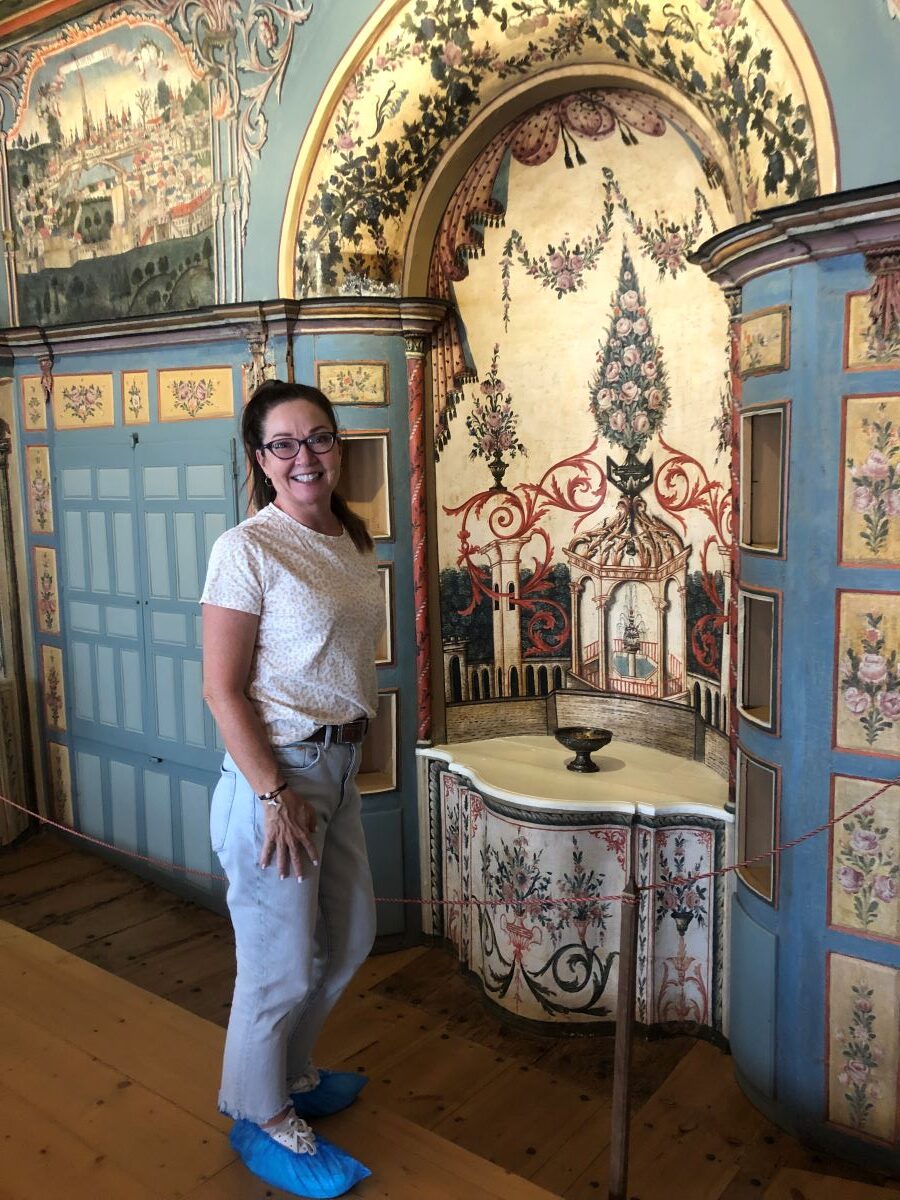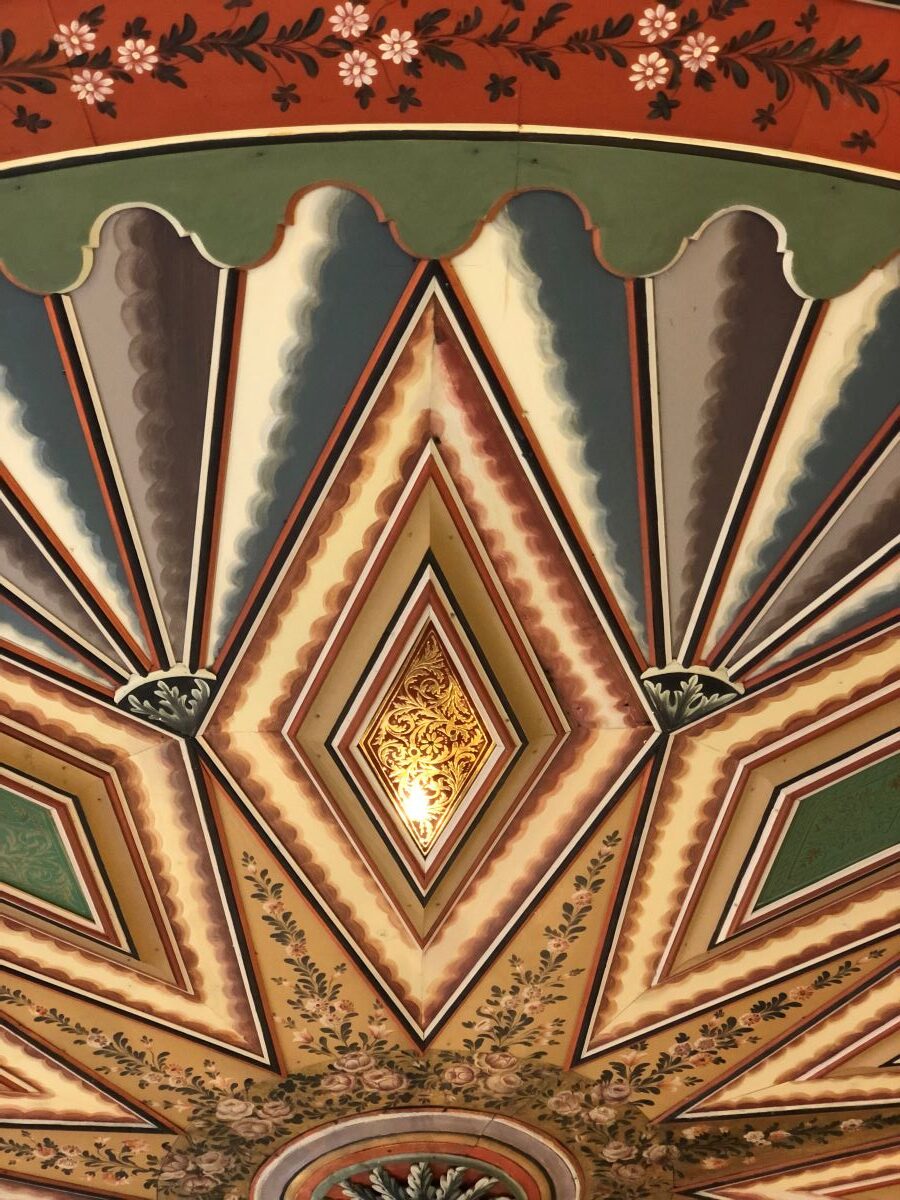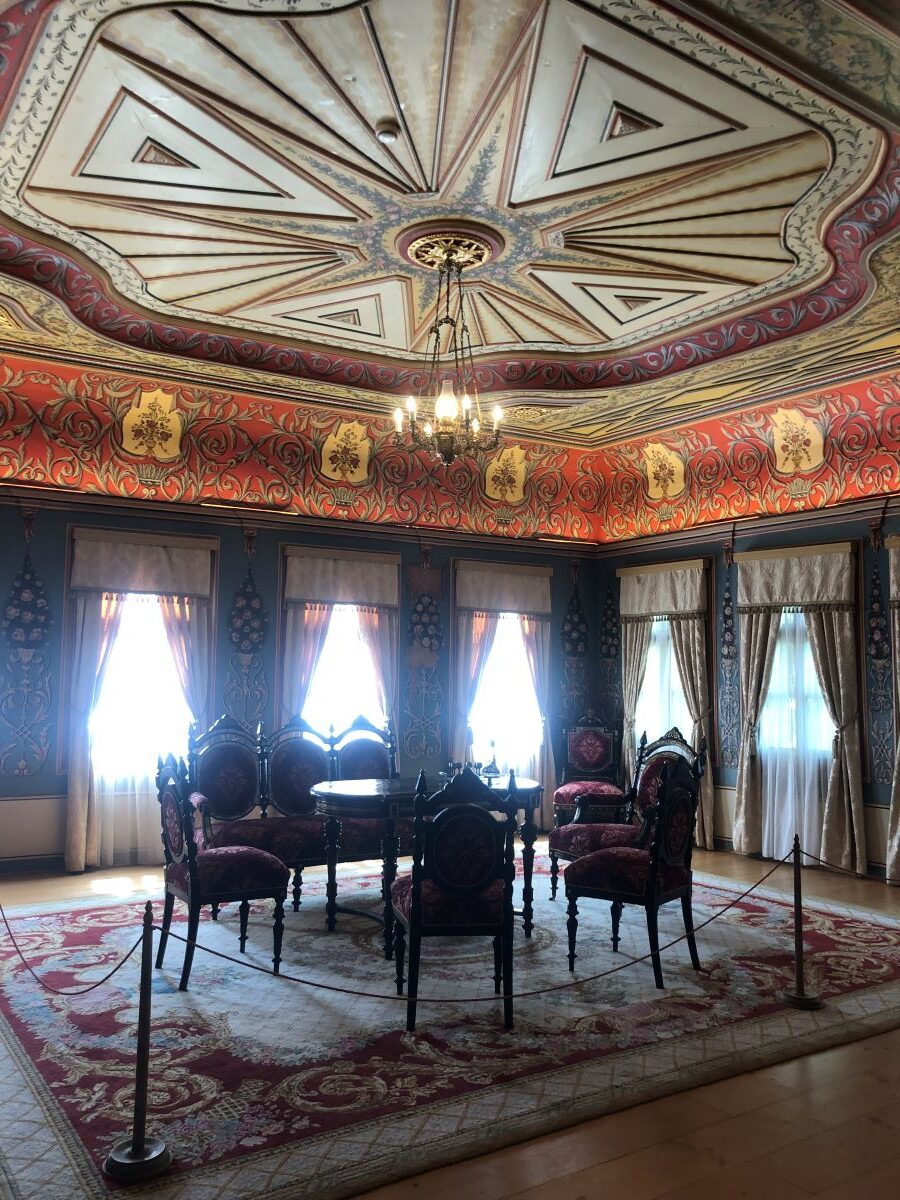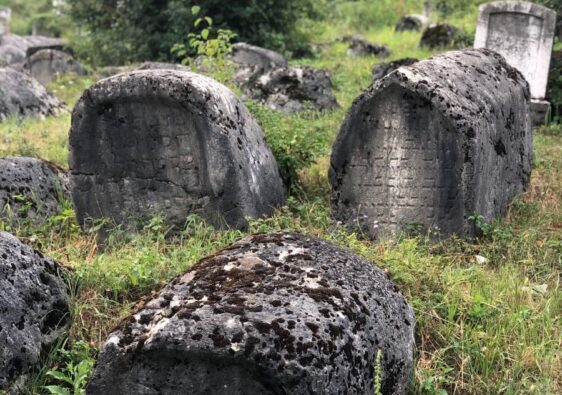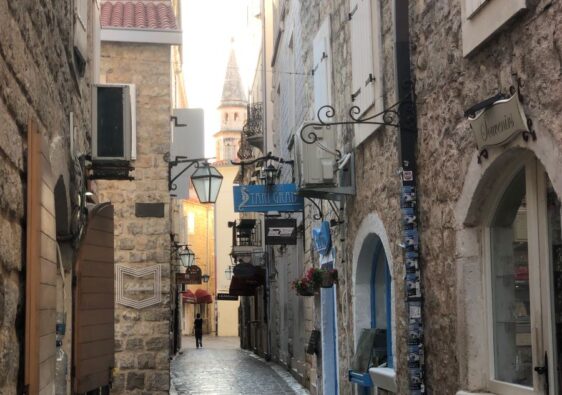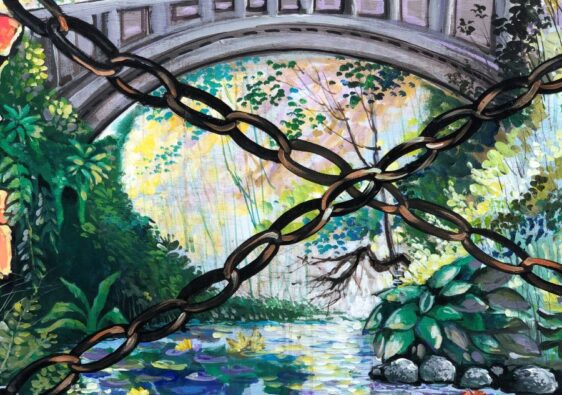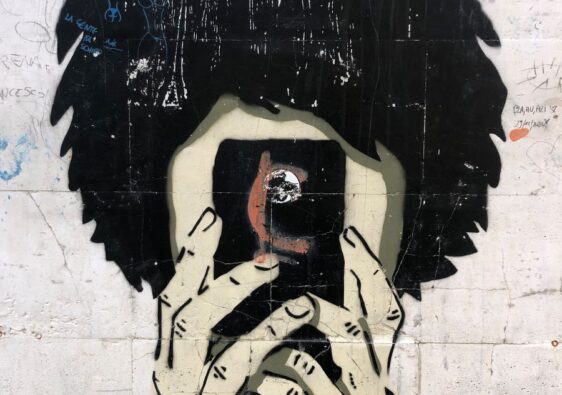An interesting area of Plovdiv is Old Town. Here, I can wander the ancient stone streets for hours. Consuming the space of three of Plovdiv’s seven hills, this preserved area is magical. Within Old Town I found beautiful Klianti House.
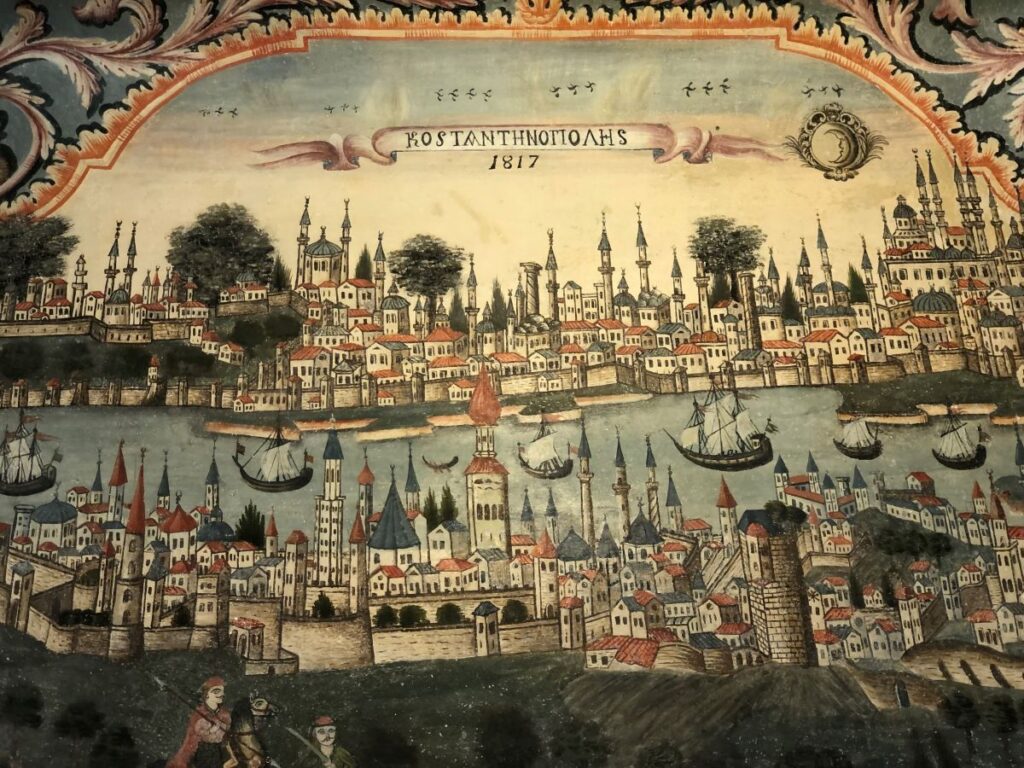
Old Town
This area of the city is full of unique wooden homes, many of which have been lovingly and painstakingly restored to their former glory. These houses were built during the 18th & 19th centuries and are classified as belonging to the Bulgarian Revival Period.
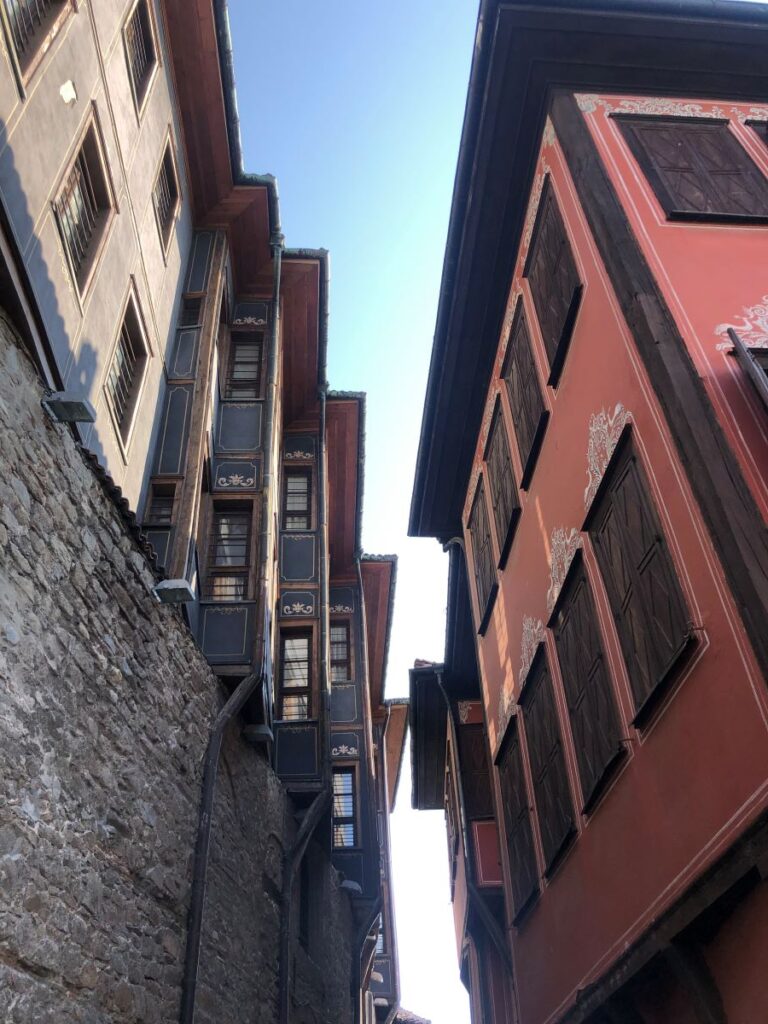
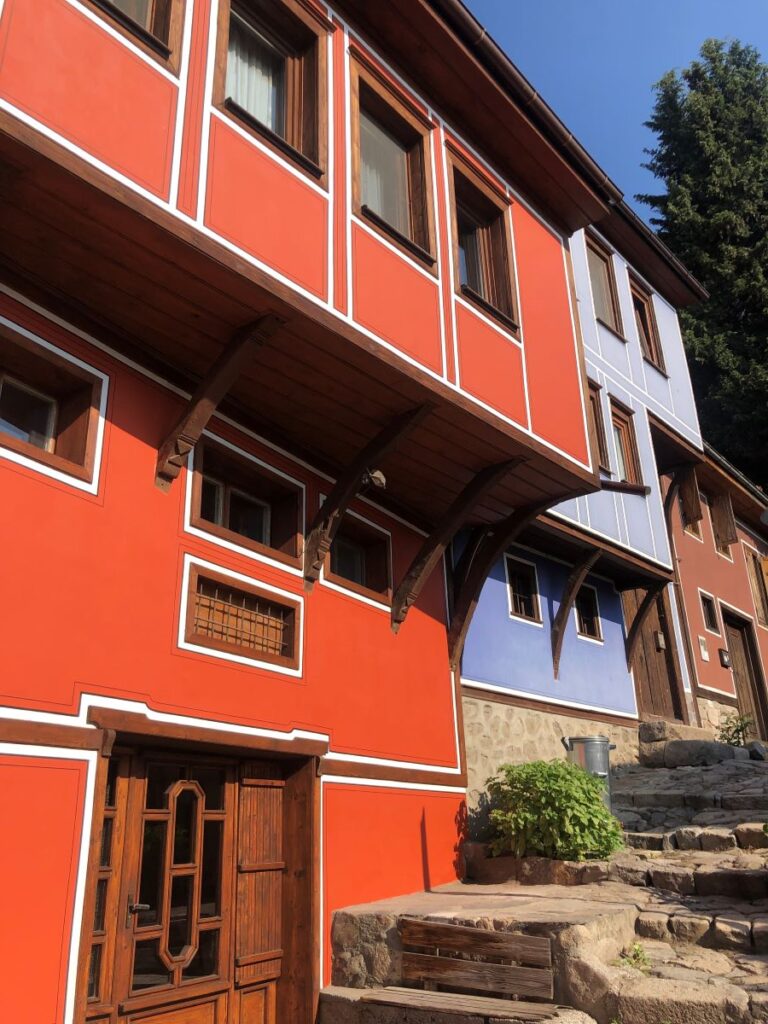
I have never seen such amazing and beautiful old homes before, quite like these. A handful have been turned into museums, and are open to the public to explore. One such building is Klianti House.
Klianti House
Klianti is the oldest of all of the Bulgarian Revival houses in the city. The restorations began in 1971 and lasted until 2017. When I first entered, the lovely caretaker sat me down to watch a brief introduction to the house. What I saw on the screen were photographs, taken before, during and after the reno’s. I was astounded by the ability of the experts to return this gorgeous house back to its original condition.
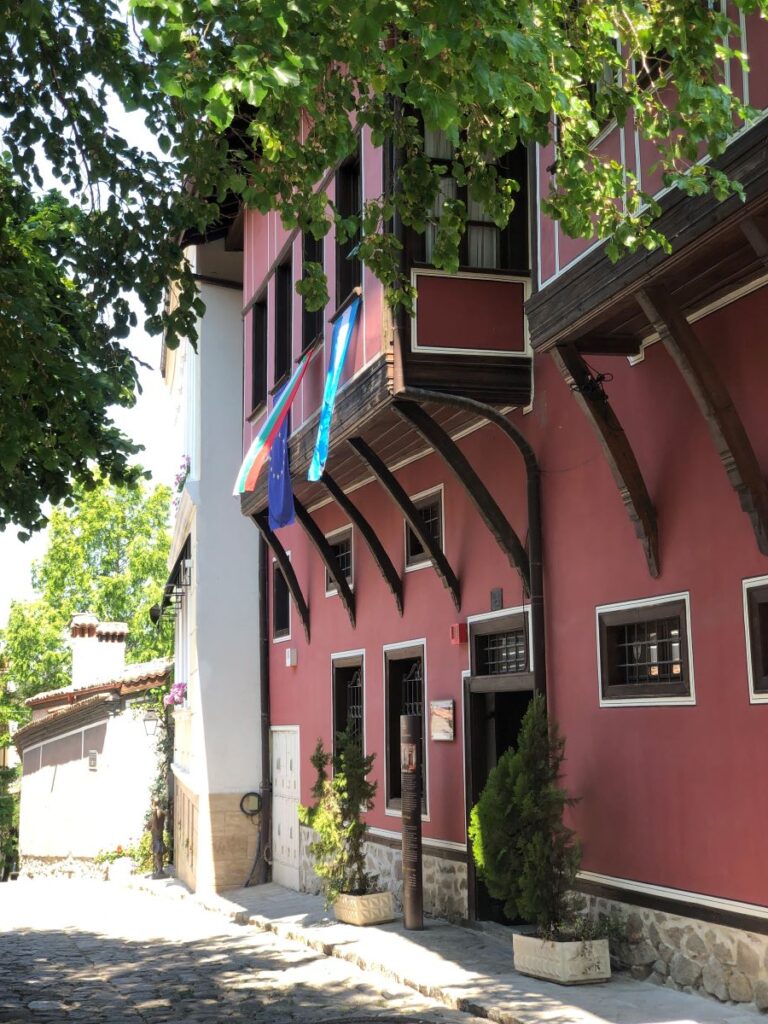
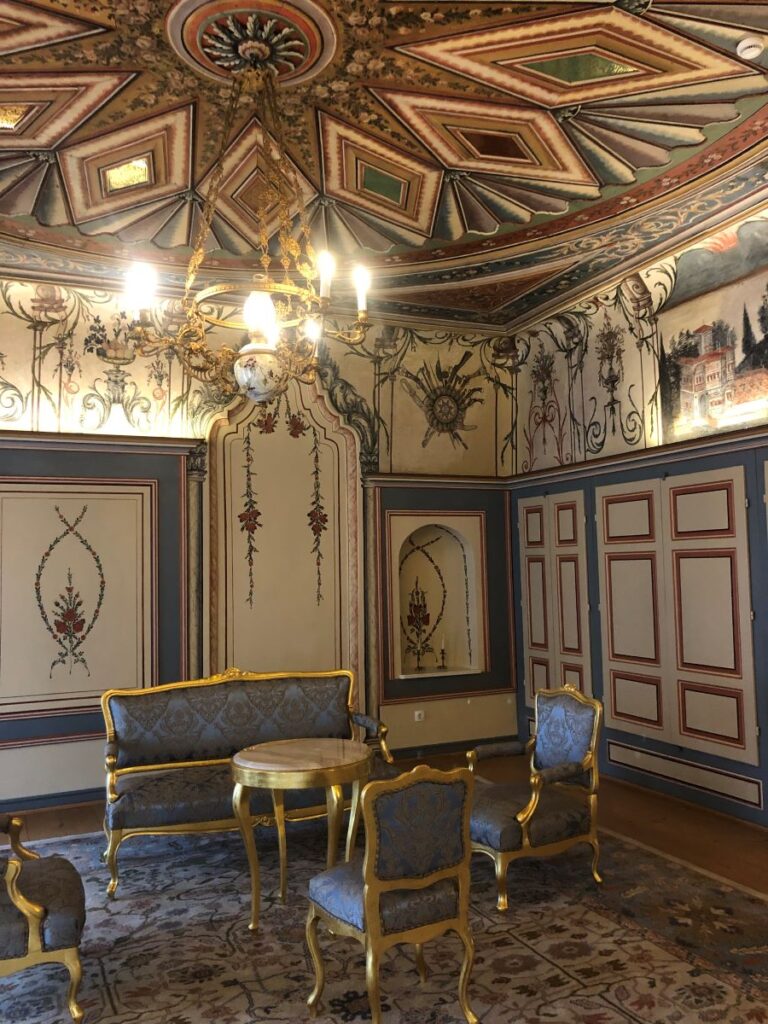
I’m going to let the photographs speak for themselves here. But I will note that the level of decorative detailing is extreme. Standing in a room, you are surrounded by the carpets on the floor, painted walls, furniture, alcoves, doors, ceiling and light fixtures that exude extravagance from that time period.
Interesting to me, these homes were originally owned by merchants, traders and farmers. For example, this home was owned by a merchant of woollen fabrics.
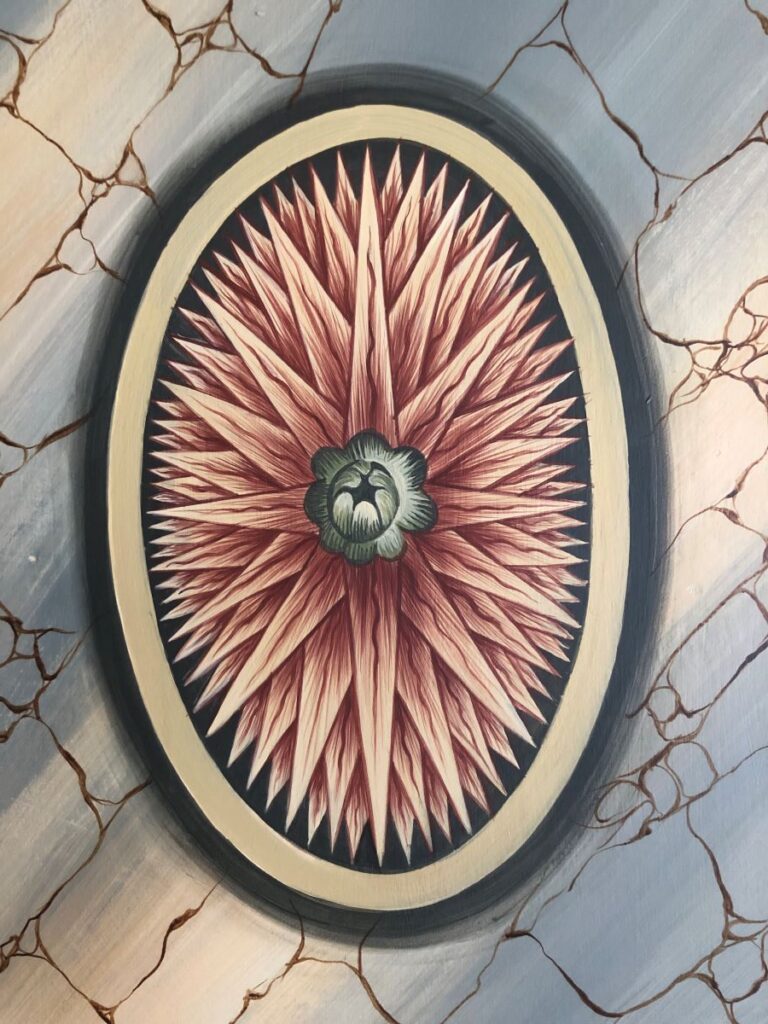
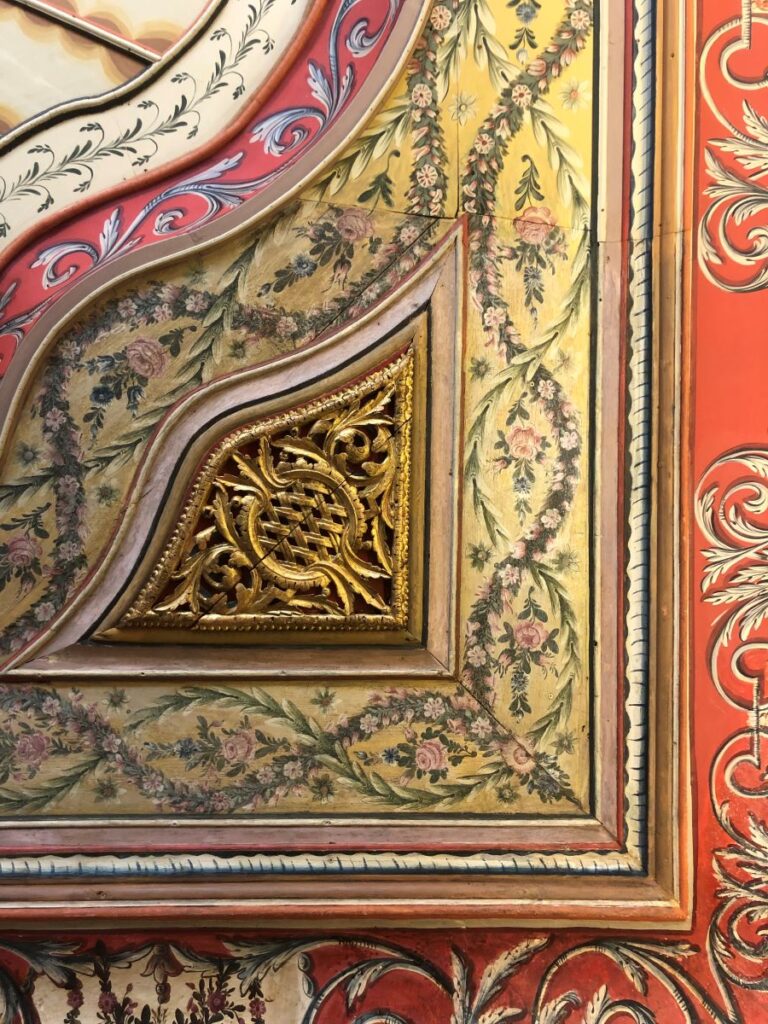

Himala
Two things I don’t want to forget, so I will notate them here. Many of these homes have a feature unique only to them, called a himala. It is a transitional space that takes one from one level to another. But not a complete level.
So, in Klianti house, from the large room on the upper floor, there is a staircase with only 6 stairs (I think), inside that large room, that takes me to two other rooms. Instead of just having the two rooms beside the main room, they are raised up a half level, if that makes sense. Interesting. Unfortunately, my photograph did not work out, so I will endeavour to get one at another house.
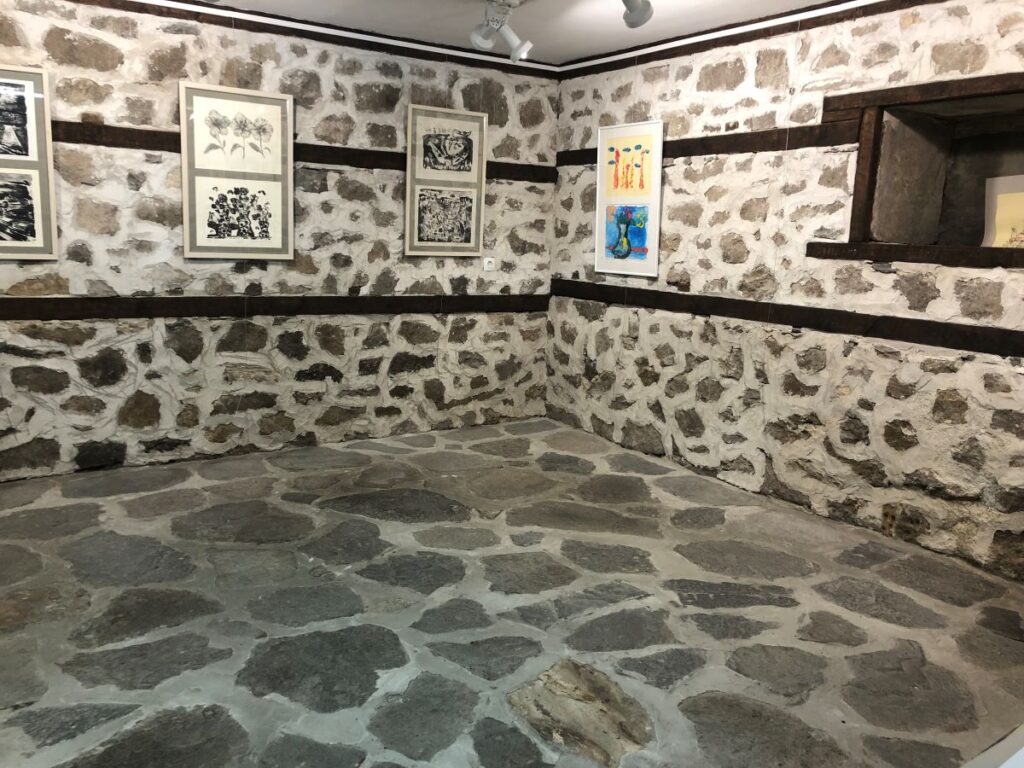
The other notation was the clever way the renovators left some painted features, so visitors could see original paint and decoration from the 18th century. I really loved that I could glimpse the original paint, see the true colours and brush strokes of the period.

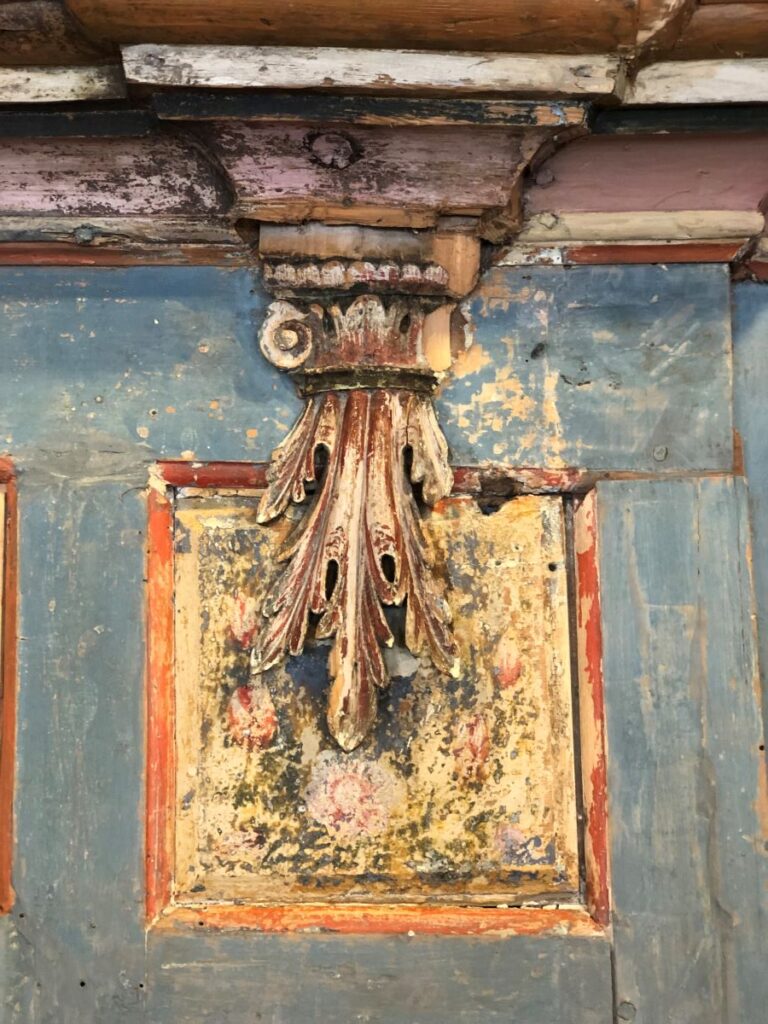

The cost of entering these homes is 5 LEV each. I was able to purchase a ticket at Klianti house for 15 LEV and it gives me entry into 5 places, including the ancient Roman theatre in this same district. I can use this combined ticket over the space of two days. A bargain for sure.
